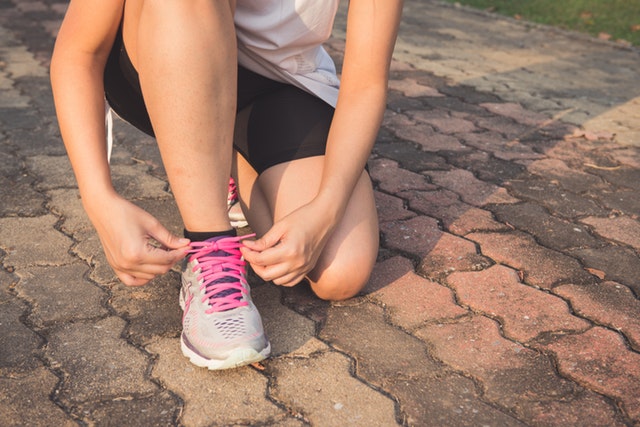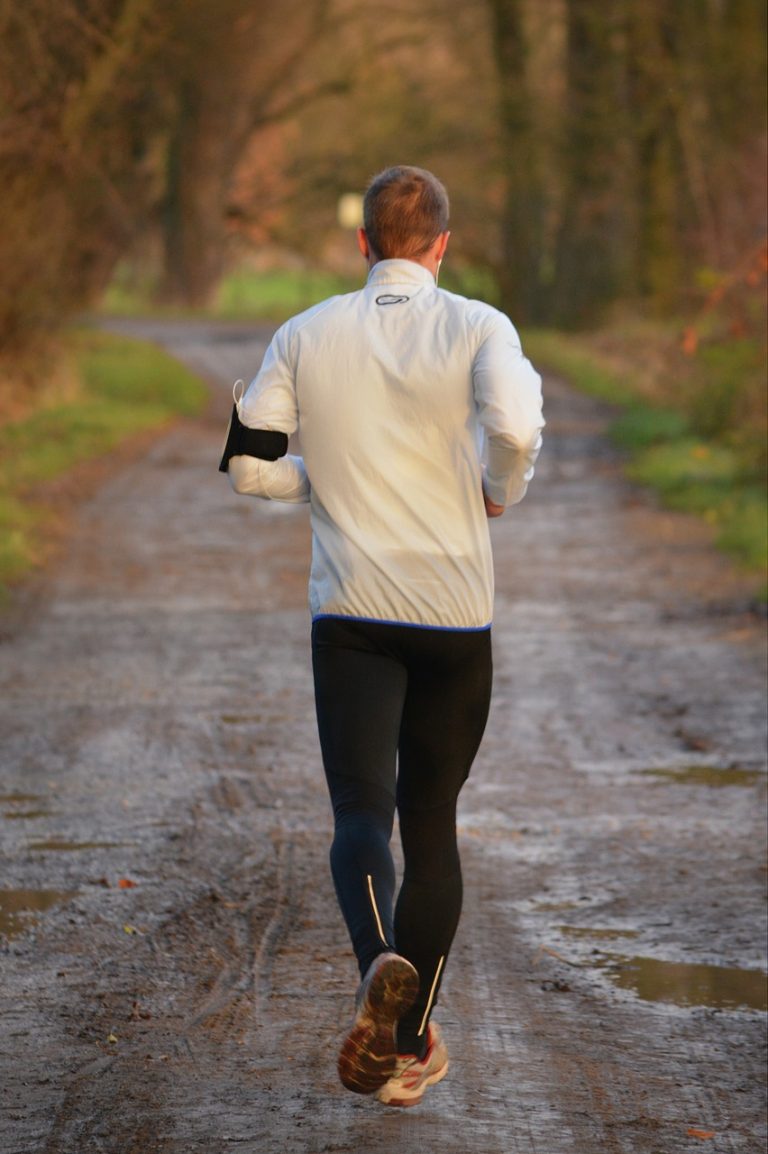Why we do recovery runs
Recovery runs are an important part of training, especially when clocking up a lot of miles, or several miles at high intensity. Let’s look at why we need to do them.
Keeping fitness moving
When we stress the body, in a good way, it needs time to repair. If we were to constantly stop and start to allow this, we’d almost certainly miss our peak performance, with fitness increasing then decreasing between sessions like some sort of cardio roller coaster.
By adding easier runs in between, we keep what we’ve gained, whilst buying more time for repair. The low intensity running doesn’t stress the body enough to make us progress, but it does cause enough physical strain to mean that we don’t move backwards.
Neurological recovery
The central nervous system often can’t handle lots of long or intense runs in just a few days. For disciplines like ultramarathon running, it’s pushed to its limit, but the people completing these multi-day events will take a week or more off running entirely to recover. We can’t do that without losing lots of fitness, and even doing it in the first place risks fatigue, injury or illness.
Muscle repair
We contract muscles with a lot of force when we run, but running at a recovery pace (discussed in another of my blog posts) is gentle enough that we don’t tax the muscles beyond what the body can repair, assuming adequate nutrition.
Say a hard session takes 60% of an arbitrary unit from our muscles, and the body can repair 40% per day. A recovery run may take 30% from our muscles, meaning that after 2 runs, we’re just 10% behind, with probably a whole day of rest before the next hard session. Plenty of time to recover and reap the benefits of the last two runs.
Good practice for long races
Aside from the recovery benefits, recovery runs are often performed at paces similar to those of your long run. If you find yourself struggling to hold back on your long training runs, slotting in a few miles at that same pace can be a good way to learn how it should feel and to practice pacing.
They’re an opportunity to learn how you move at slower speeds and to focus on correcting parts of your technique. A recovery run where you focus on your heel lift speed or posture, will mentally seem to go by a lot faster than one where you’re just dragging yourself round, and you’ll run all the better for having done it.
If we don’t add recovery runs, we would still repair and recover due to resting, but we’d lose out on some of the benefits from our previous session.
If you don’t currently do recovery runs, or some other form or active recovery, ask yourself if you want the biggest pay off from each gruelling session, or if you’re happy with having to train far harder to get the same results.
Written by Kyle Brooks, Running Coach based in Norwich, Norfolk






